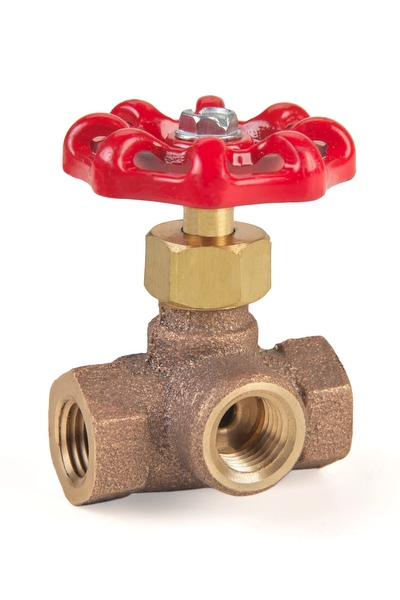3 Way Valves
3-Way Valves Allow the Flow in 2 Directions
A 3-way valve, also known as a multiport valve or sector valve, is an industrial valve with three openings (hence the name) that can be connected to tubing to allow the flow of liquid or gas in two directions. There are two main types of a 3-way valve: L-port and T-port.
L-Port Valve
This valve is used for applications that require a diverter, such as diverting flow from one source to another or switching between pumps. An L-port can send flow in either of two directions, or it can shut off completely.
T-Port Valve
This valve connects the openings in a pipeline, allowing for different inlet and outlet flow patterns. A T-port can perform the same flow tasks as an L-port, but it can’t be shut off.
Things to Consider When Choosing a 3-Way Valve
- Valve function: 3-way valves can be used for on/off control and diverting or mixing media.
- How often the valve will be open or closed
- Potential issues with excessive fluid pressure
Why a 3-Port Valve is Useful
A 3-way valve has one more port than a 2-way valve, and this is why: a two-way valve allows fluid to enter the valve from one port and exit through the other. A third port provides an alternate path for the fluid, either when exiting or entering the valve. This permits fluid to exit the valve from more than one point or enter the valve from more than one point.
Several industrial applications use 2-way valves that provide on/off fluid service. Applications requiring constant flow utilize 3-way valves containing three connection ports with A, B, and AB labels. 3-way valves can divert fluid flow in two directions or mix fluids from two sources.
When using 3-way valves for mixing, fluids enter the valve body through ports A and B. Service fluids with different physical or chemical properties mix within the valve body before transmission through the outlet port AB. 3-way mixing valves are vital for combining liquids or gases with different temperatures and pressures.
For 3-way diverting valves, port AB acts as the inlet, while ports A and B become the outlets. Turning the spindle directs the flow to the left or right, upwards or downwards, depending on the orientation of the piping. When flow moves from AB to A, the valve blocks fluid flow to port B. Changing the position of the spindle redirects fluid flow from AB to B and blocks the flow to port A.
More Flexibility & Better Control
The multiple ports in a 3-way valve enhance flexibility and control in several industrial applications. A single 3-way valve’s capability to handle diverse flow applications often means fewer valves are required, reducing the cost of installation, operations, and maintenance costs.
Contact Us for High-Quality 3-Point Valves
United Brass Works offers a comprehensive selection of 3-point valves. Contact our team to find the ideal valve for your specific application.
